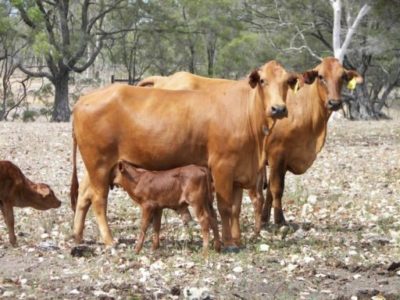Key management considerations for beef producers
Recovering from drought is a challenging period and decision-making during this time requires strategic management decisions to ensure you are in the best position to return to a positive cash flow and profitable operation as quickly as possible.
This information has been prepared to help you make informed decisions on how to effectively manage your business following prolonged drought conditions.
It is not a comprehensive analysis of all drought recovery management options, but it does provide a ‘first look’ at some of the key strategies and actions to consider when planning for recovery:
 Phase 1: Assessing your feed availability including drought feeding and supplements, assessing pasture availability and quality.
Phase 1: Assessing your feed availability including drought feeding and supplements, assessing pasture availability and quality.
Phase 2: Rebuilding your herd including herd structure and optimum age of turnoff, herd rebuilding strategies, biosecurity considerations.
Phase 3: Monitoring herd and pasture performance including pasture condition and animal performance.
Phase 4: Planning for the next dry.
It is important to remember that management decisions made during drought will impact on the options that are available during drought recovery. The recovery strategies that will be most suitable for you and your business will depend on many factors and it is important that you spend time evaluating which are most applicable and their impacts when planning your drought recovery.
 Pasture condition and animal performance monitoring and recording
Pasture condition and animal performance monitoring and recording